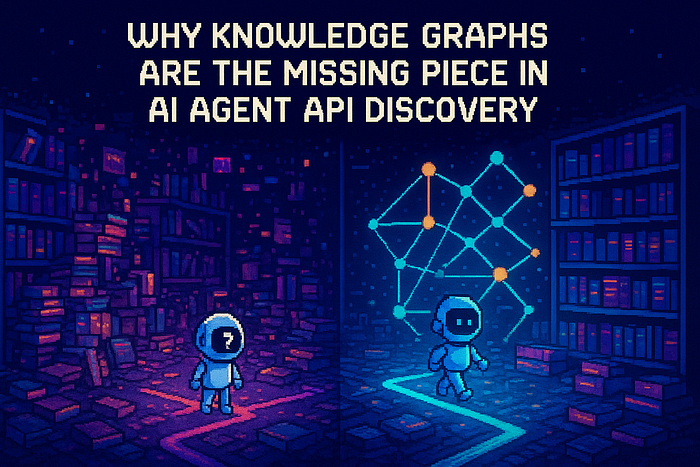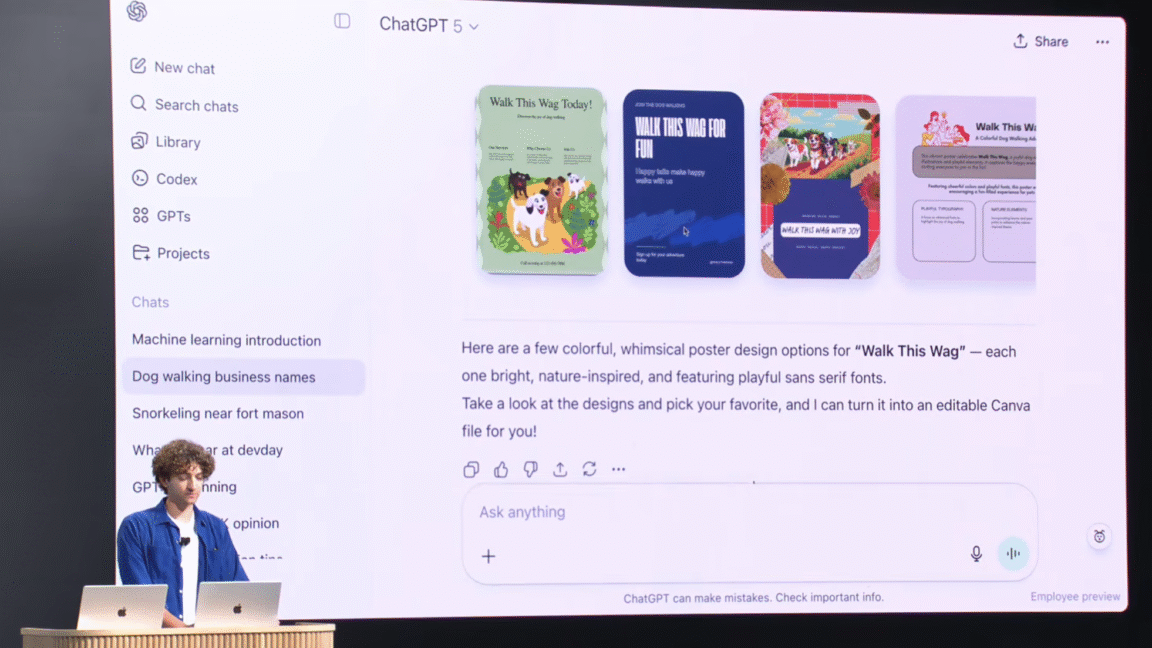Introduction to API Discovery
The digital world is filled with over 200 million APIs, making it challenging to navigate and discover the right ones. This overwhelming number of APIs can be compared to a vast library with unmarked books and chaotic organization. The lack of proper labeling and organization makes it difficult for developers to find the APIs they need, leading to inefficiencies in the development process.
The Challenges of API Discovery
The current methods of API discovery are limited, and the sheer number of APIs available makes it difficult for developers to keep track of them. The absence of a standardized system for organizing and labeling APIs leads to confusion and frustration among developers. This chaos can be likened to a library where every librarian speaks a different language, and the shelves are randomly stacked.
The Need for Knowledge Graphs
Knowledge graphs can be the missing piece in API discovery. They can provide a standardized system for organizing and labeling APIs, making it easier for developers to find the ones they need. Knowledge graphs can also help to streamline API management, enhance workflow automation, and ensure compliance with business rules. As the number of APIs continues to grow, intelligent systems like knowledge graphs will be essential for orchestrating digital services effectively.
The Benefits of Knowledge Graphs
The use of knowledge graphs can bring numerous benefits to API discovery. They can provide a centralized system for managing APIs, making it easier for developers to find and use the right APIs. Knowledge graphs can also help to reduce errors and inconsistencies, improve collaboration among developers, and enhance the overall efficiency of the development process.
The Role of Advanced Semantic Technologies
Advanced semantic technologies can play a crucial role in API discovery. They can help to provide a deeper understanding of the APIs and their relationships, making it easier for developers to find the right APIs. These technologies can also help to improve the accuracy and relevance of search results, reducing the time and effort required to find the right APIs.
Conclusion
In conclusion, the discovery of APIs is a challenging task due to the overwhelming number of APIs available. Knowledge graphs can be the missing piece in API discovery, providing a standardized system for organizing and labeling APIs. The use of knowledge graphs and advanced semantic technologies can bring numerous benefits to API discovery, including improved efficiency, reduced errors, and enhanced collaboration among developers. As the number of APIs continues to grow, the importance of knowledge graphs and advanced semantic technologies will only continue to increase.
FAQs
What is API discovery?
API discovery refers to the process of finding and identifying the right APIs for a specific project or application.
What are knowledge graphs?
Knowledge graphs are a type of database that uses graph structures to store and manage data. They can be used to provide a standardized system for organizing and labeling APIs.
How can knowledge graphs improve API discovery?
Knowledge graphs can improve API discovery by providing a centralized system for managing APIs, reducing errors and inconsistencies, and enhancing collaboration among developers.
What are advanced semantic technologies?
Advanced semantic technologies refer to the use of artificial intelligence and machine learning to provide a deeper understanding of the APIs and their relationships.
How can advanced semantic technologies improve API discovery?
Advanced semantic technologies can improve API discovery by providing more accurate and relevant search results, reducing the time and effort required to find the right APIs.











